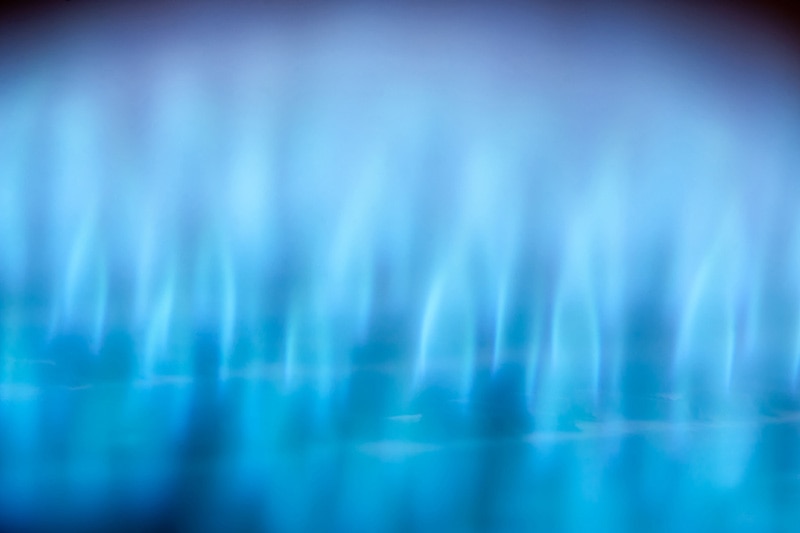What Are the Different Types of Furnaces?

If you happen to be in the market for a new furnace, you may be overwhelmed by the number of options available. Our professional team at Comfort Zone Heating & Cooling would like to make it a bit easier by providing some basics on the different types of furnaces on the market today. We hope this information can help you make the best decision for your family.
Furnaces by Operation
Furnaces sit at the heart of your home’s heating, ventilation, and air conditioning (HVAC) system. They not only provide the heat for your home in the cooler months, but they also participate in the cooling of your home in the summer because furnace blowers circulate cooled air as well as warmed air. They can be classified in many different ways. Let’s start by looking at the different levels of operation.
Single-Stage Furnace
Single-stage furnaces have only one stage of operation. That means they can either be turned on or turned off. When a single-stage furnace is on, it operates at one consistent speed.
As a result, it’s more likely you’ll have hot and cold spots in your Weiser, ID, home with greater variance in temperature. In some cases, you can experience between a 4 and 6 degree temperature difference.
In addition, you’ll use more energy turning on and off your system throughout the day. However, this is the most basic type of furnace and, therefore, the least expensive to purchase—and the easiest and cheapest to install.
Two-Stage Furnace
Two-stage furnaces give you slightly more control in how you heat your home by providing a full-speed and a half-speed setting. They deliver heat more efficiently and can keep your home at a more consistent temperature. In addition, two-stage furnaces operate more quietly at half speed.
Variable Speed Furnace
Finally, variable speed furnaces modulate both the speed and the heat output based on the outdoor temperature and the desired indoor temperature. You can often keep your home within half a degree of your desired temperature.
Since variable speed furnaces only work as much as you need them to, they are the most energy-efficient type of furnace. Variable speed furnaces also deliver the best air quality, as the fan continually circulates air through the filter, even when the furnace isn’t heating.
Although these furnaces cost the most upfront, you should be able to recoup some of that investment in reduced energy costs over time.
Furnaces by Fuel Type
Another way to classify today’s furnaces is by what kind of fuel they use to generate heat. Most furnaces are gas, oil, or electric. However, propane, wood, and coal furnaces can also be used.
Gas Furnace
Most homes in the United States operate natural gas furnaces today. Municipalities distribute gas through buried pipelines to residential homes. When the natural gas reaches a home, it jets along the furnace’s burner to ignite the fuel. This increases the temperature of the air in the heat exchanger, and warm air is circulated throughout your home’s air duct system.
Natural gas provides reliable heat, and fuel costs remain relatively low and stable when compared with other fuels. According to Consumer Reports, high-efficiency natural gas furnaces can achieve an efficiency rating of up to 97 percent.
Oil Furnace
Oil furnaces are more popular in remote areas where natural gas lines are not available. In this case, homeowners must purchase tanks of oil to store, and then replace the tanks as usage requires.
Oil furnaces are relatively inexpensive and last nearly twice as long as gas furnaces with proper maintenance. Oil prices, however, fluctuate quite a bit, which makes your ongoing fuel costs unpredictable. These furnaces also require ongoing cleaning of soot and ash buildup to remain in good working order and are not as efficient as gas furnaces.
Electric Furnace
Another furnace option if you don’t have access to gas lines in your home is an electric furnace. These furnaces employ electric heating elements to heat the surrounding air.
Electric furnaces are usually affordable and frequently smaller than other furnaces. Their disadvantage is they’re not as efficient as gas furnaces.
Contact Comfort Zone Heating & Cooling for All Your Furnace Needs
When you’re ready to purchase a new furnace, turn to Comfort Zone Heating & Cooling in Weiser, ID, for help. Our team is well-versed in all makes and models of furnaces and can help you make the right decision for your home and family. Call 208-414-1302 or request service online today.
Need HVAC Service?
Contact the experts at Comfort Zone Heating & Cooling.
Call us at 208-414-1302!


